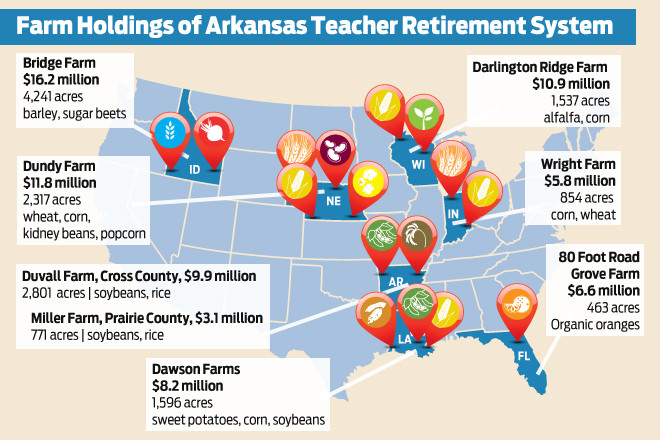Japan’s Government Pension Investment Fund (GPIF) has already indicated they will increase salaries for their money managers in a bid to attract more talent.
But the fund’s chief investment officer is getting a raise, as well. Hiromichi Mizuno, the fund’s CIO, will get a 64 percent pay bump this year.
The GPIF hopes the gesture will demonstrate their willingness to shell out cash for talent.
From Bloomberg:
Japan’s Government Pension Investment Fund will increase total annual compensation of its president to about 31 million yen ($260,000), including salary, bonuses and allowances, according to calculations by Shinichiro Mori, a director at the fund’s planning section. That compares with 18.9 million yen previously slated for the year ending March 31, Mori said by phone. The pay increase is effective this month, he said.
Boosting pay may help the pension fund hire more money managers from the private sector as it shifts more of its $1.1 trillion from bonds to riskier assets. Even after the increase, the GPIF’s top official will be paid almost 40 percent less than the chief executive officer at the California Public Employees’ Retirement System, the largest U.S. public pension.
“Compared with global standards and given the responsibility as the top asset manager, the amount still isn’t that big,” said Tetsuya Sakabe, managing director at recruitment adviser Kanae Associates Ltd. in Tokyo. “But it’s positive to see that they’ve improved the compensation structure and the amount is reasonable enough to avoid incurring criticism from the public.”
[…]
GPIF won flexibility from the health ministry last March to pay higher salaries.
“GPIF decided the president’s new pay standard after a comprehensive review taking into account consistency with other public organizations,” including the central bank, Mori said in the phone interview on Jan. 6. For the CIO, “we took into account the trend at private financial firms in order to secure highly professional human resources, without exceeding the pay level for the president.”
The GPIF manages $1.1 trillion in assets and is the largest pension fund in the world.
Photo by Ville Miettinen




